
What scientific insights validate ancient textured hair care methods and their physiological links?
Ancient textured hair care methods find scientific validation in their ability to protect hair structure, maintain moisture, and support scalp health.

What is the scientific basis for traditional textured hair care techniques?
Traditional textured hair care methods align with scientific principles, addressing unique hair structure, moisture needs, and fragility.

How does hair texture influence overnight damage?
Hair texture influences overnight damage through friction, moisture loss, and compression, requiring specific protective practices.

What defines coily hair?
Coily hair is characterized by tight, spring-like spirals or zigzag patterns stemming from uniquely shaped follicles, requiring specific care for hydration and strength.

How do hair follicle shapes affect curl patterns?
Hair follicle shape, from round to elliptical, fundamentally molds the hair strand, dictating its straightness or curl pattern.

What historical hair traditions shape textured hair care today?
Historical hair traditions provide the foundational knowledge for understanding textured hair's unique needs, influencing modern care practices from product selection to styling techniques.
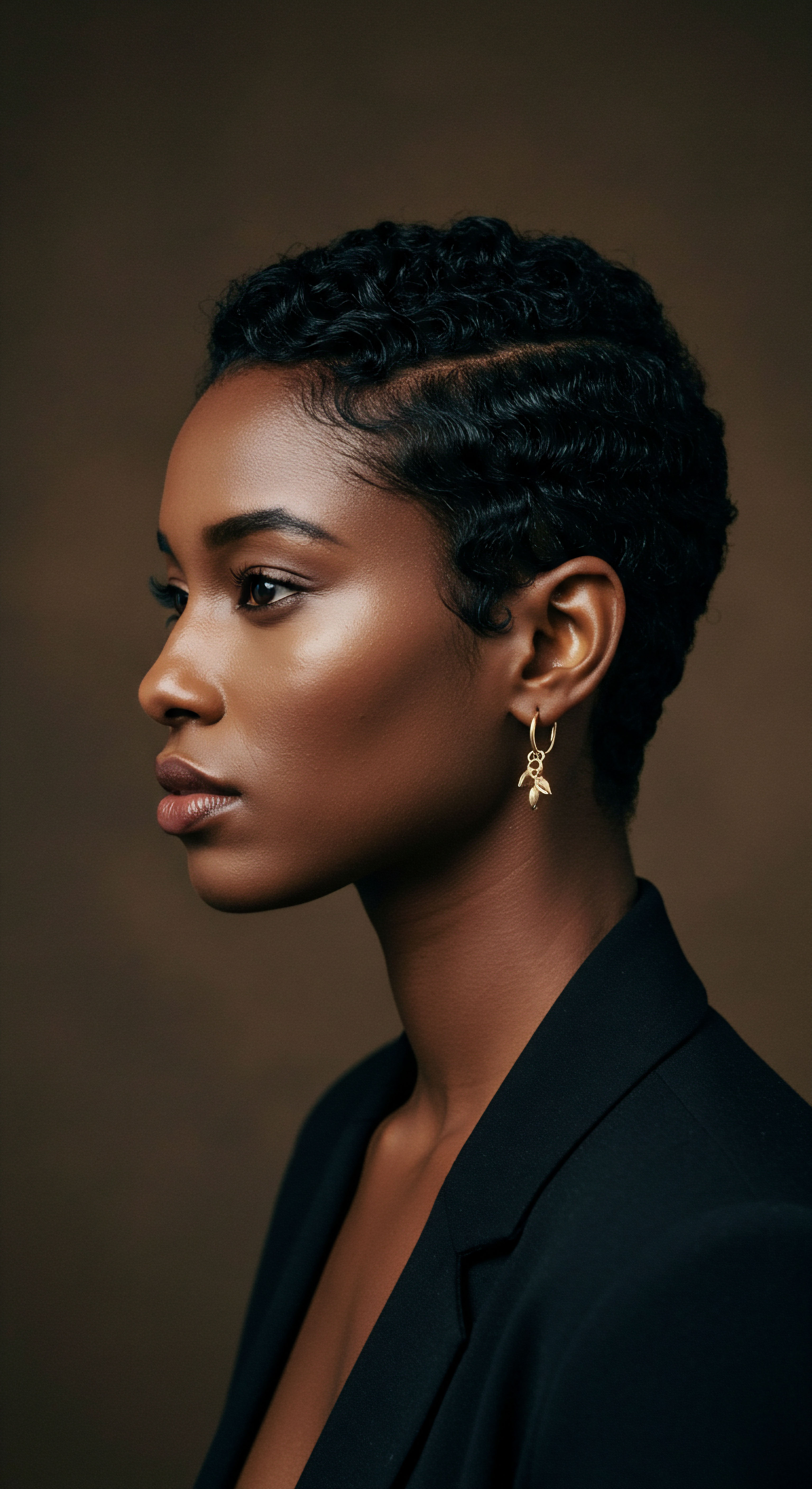
Textured Hair Definition
Meaning ❉ Textured hair, a vibrant expression of natural curl, wave, or coil, embodies a rich heritage and demands thoughtful, informed care.

Porosity Understanding
Meaning ❉ Porosity Understanding illuminates how textured hair interacts with moisture, guiding intentional care for vibrant, healthy strands.

What is ‘hair density’ and how does it affect textured hair?
Hair density measures the number of follicles on the scalp, significantly affecting textured hair's volume, product absorption, and styling needs.
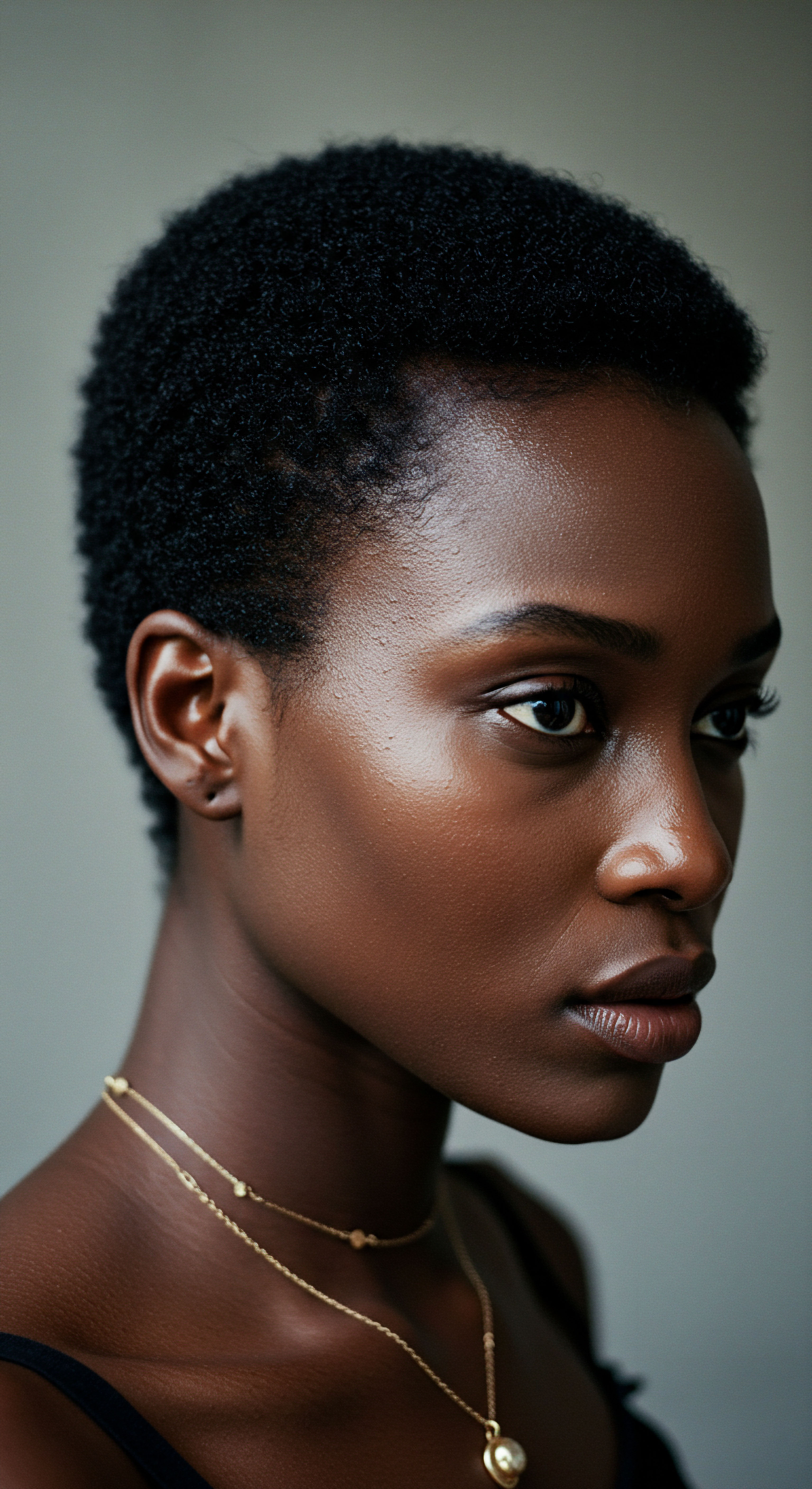
Curl Pattern Inheritance
Meaning ❉ Curl Pattern Inheritance is the ancestral gift of hair texture, a biological blueprint profoundly shaping our strands and cultural narratives.

Mixed Hair
Meaning ❉ Mixed Hair denotes hair exhibiting a combination of curl patterns and textures, reflecting diverse genetic lineages and demanding a gentle, tailored care approach.
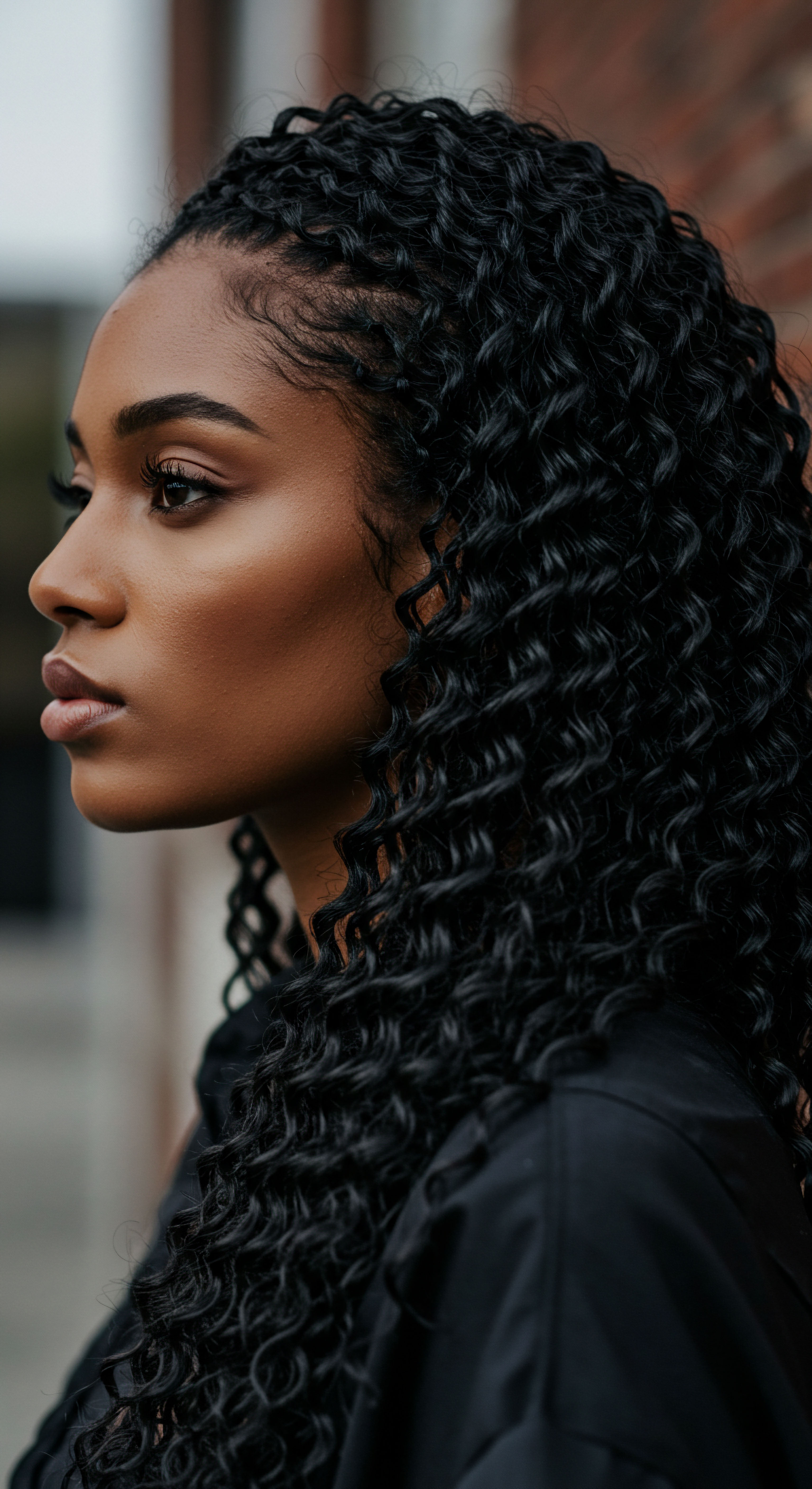
Curl Pattern Genetics
Meaning ❉ Curl Pattern Genetics clarifies the inherited biological programming dictating hair fiber shape, profoundly influencing textured hair's unique care and identity.

Textured Hair Health
Meaning ❉ Roothea defines Textured Hair Health as the radiant condition of coiled strands, nurtured through culturally attuned practices and scientific understanding.

Mixed Hair Heritage
Meaning ❉ Mixed Hair Heritage embodies the rich blend of diverse genetic and cultural influences shaping unique hair textures, particularly within Black and mixed-race communities.

Mixed Hair Care
Meaning ❉ Mixed Hair Care is the intentional practice of nurturing hair with diverse textures and curl patterns, honoring its unique biological and cultural significance.

How do internal structures influence curl?
Hair's internal structures, including follicle shape, protein distribution, and genetic variations, fundamentally dictate its curl pattern.
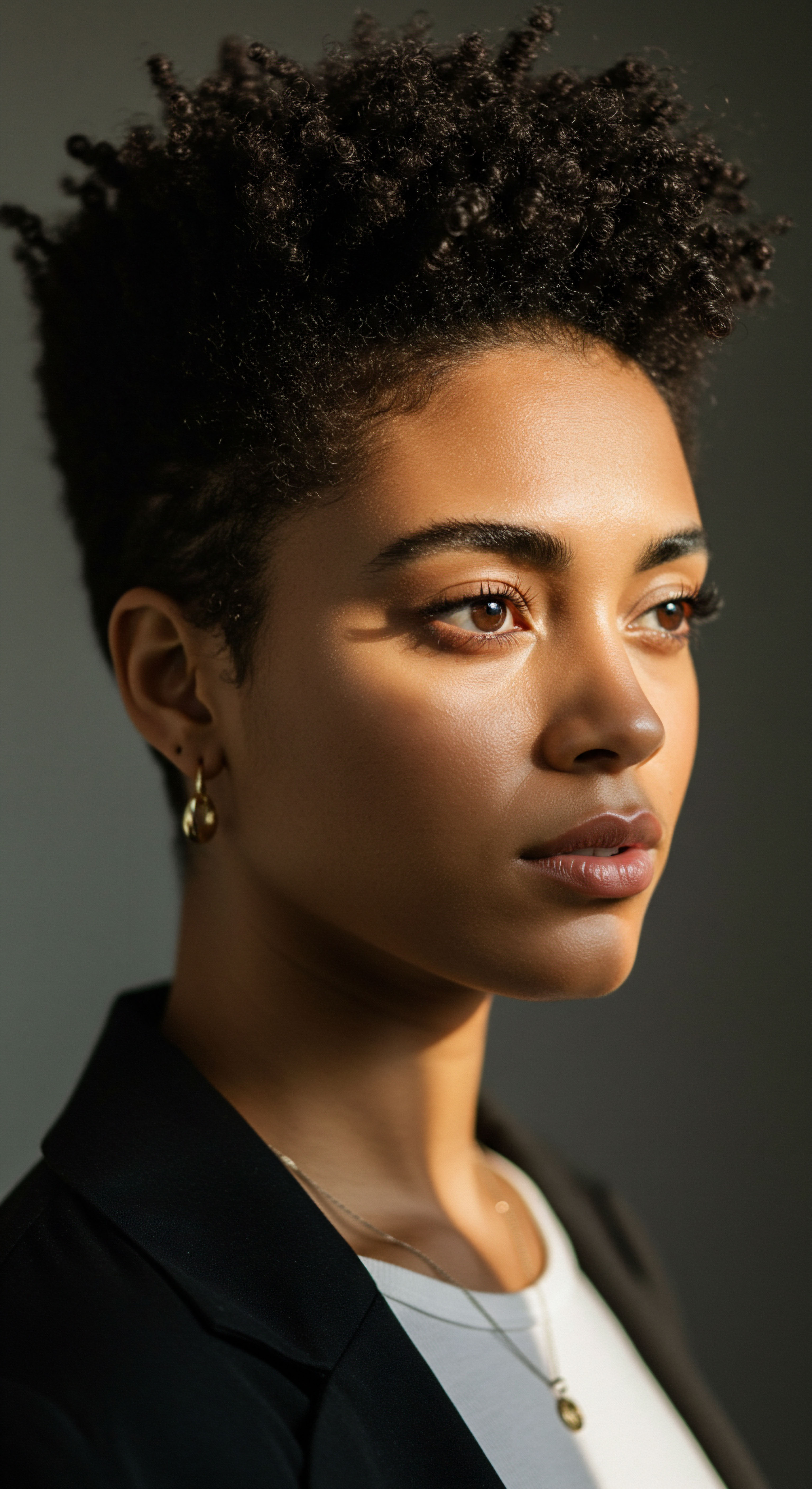
What causes textured hair to dry out overnight?
Textured hair dries overnight due to its unique elliptical structure, lifted cuticles, and challenges in natural oil distribution, exacerbated by dry environments and friction.

What cultural significance does understanding one’s curl pattern hold for identity?
Understanding one's curl pattern becomes a conduit for self-discovery, cultural connection, and a quiet reclamation of personal truth.
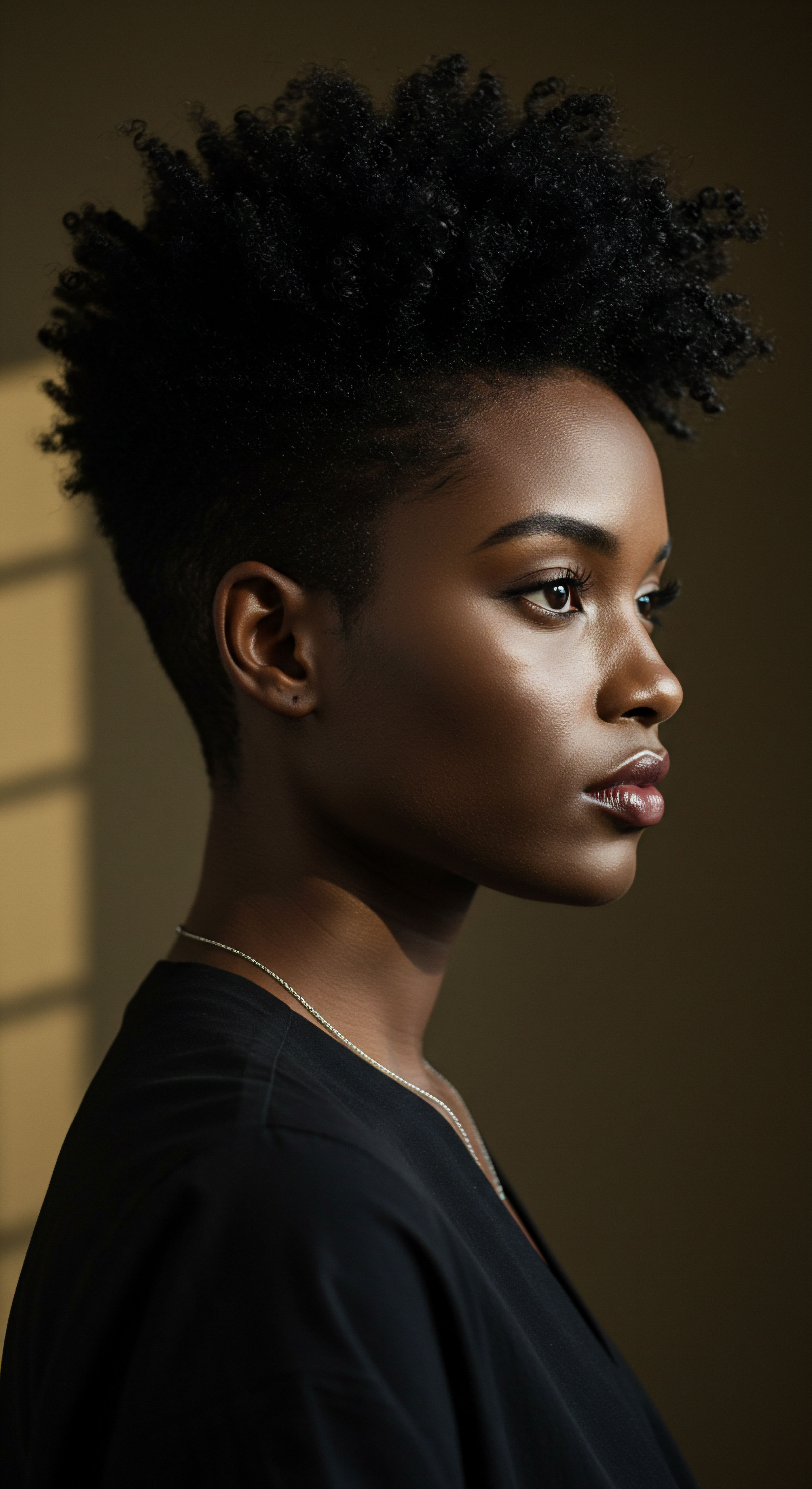
Why is textured hair more susceptible to damage than straight hair?
Textured hair's unique coiled structure and uneven cuticle layers create inherent weak points, making it more prone to mechanical stress and moisture loss.
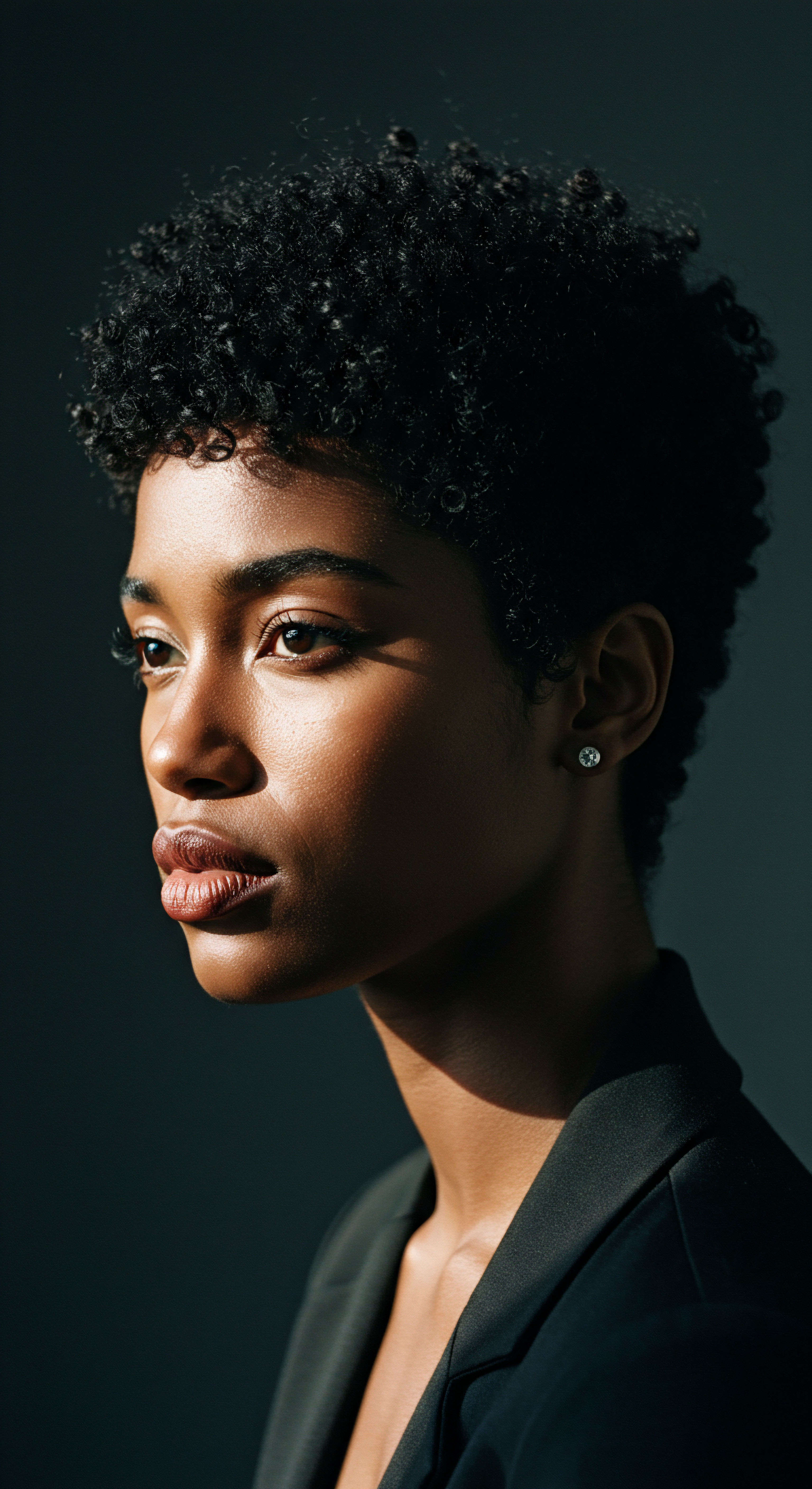
What was the “natural hair movement” about?
The natural hair movement champions self-acceptance, celebrates textured hair, and challenges historical beauty norms.

What are the subcategories of type 3 hair (3a, 3b, 3c)?
Type 3 hair encompasses a range of distinct S-shaped curls, categorized into 3a, 3b, and 3c based on their progressively tighter curl diameters.
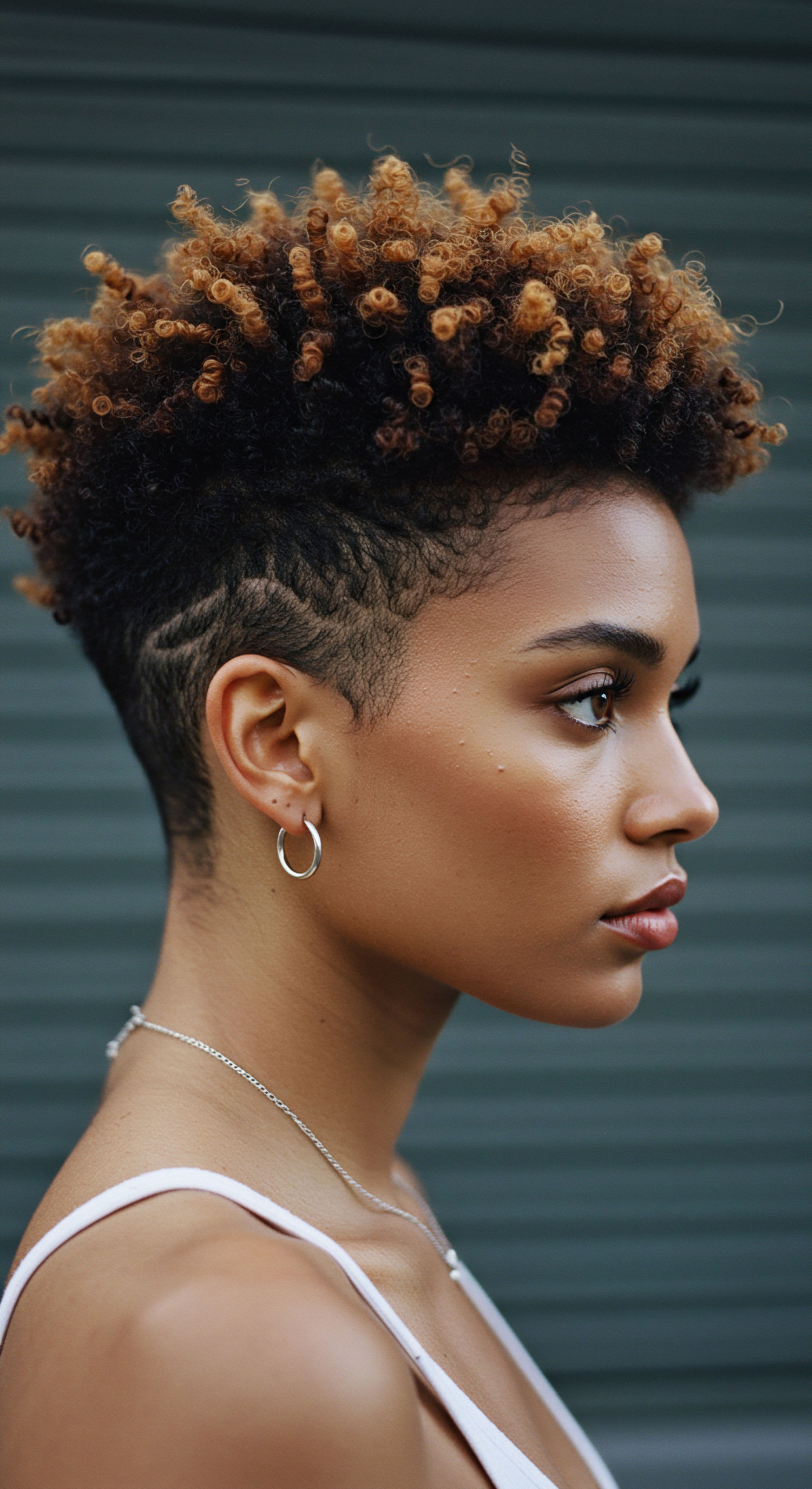
How do hair care routines adapt to different curl patterns?
Hair care routines adapt to curl patterns by prioritizing moisture, gentle handling, and tailored product choices based on inherent hair structure.
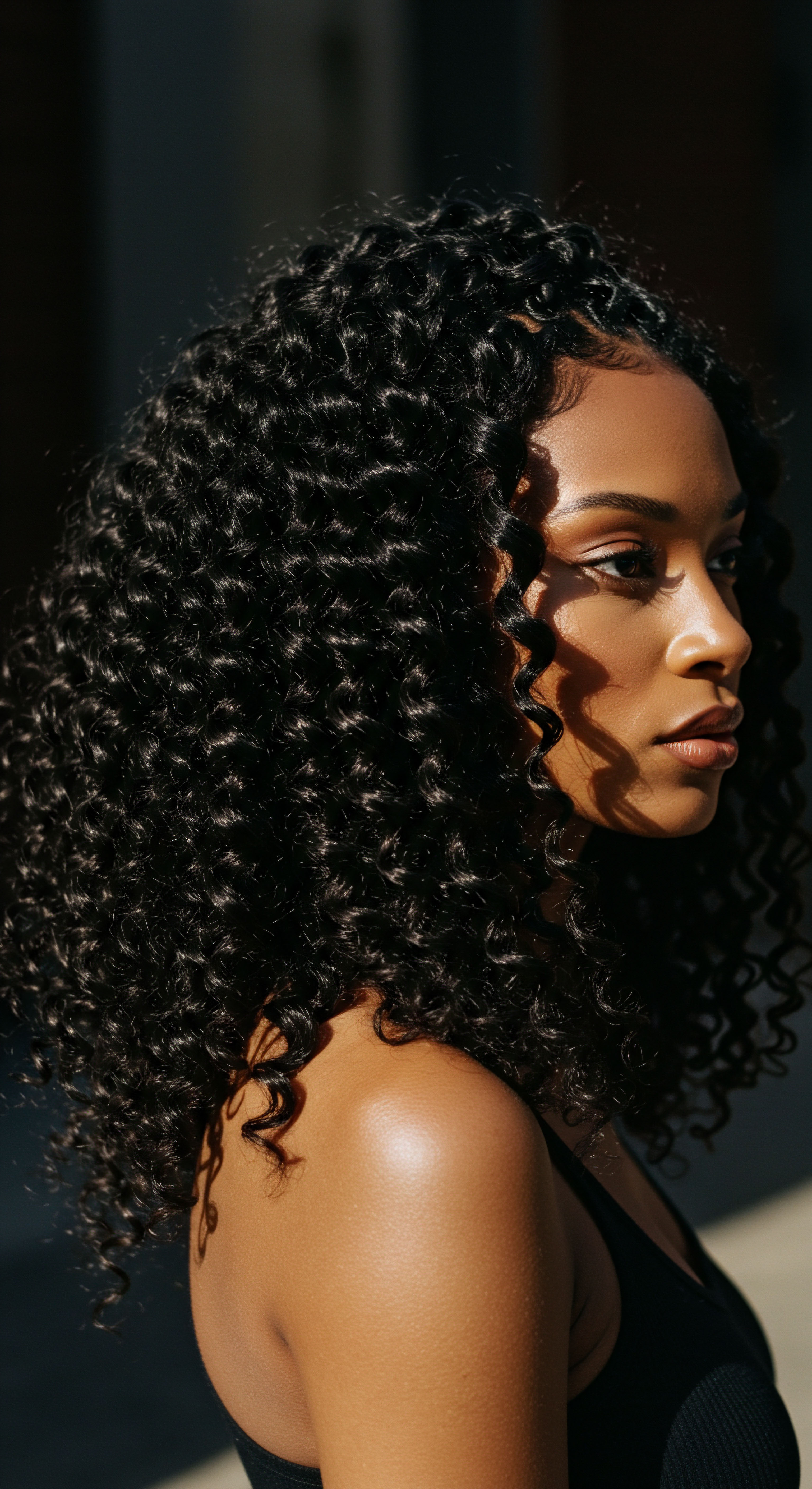
What does type 3 hair look like?
Type 3 hair appears as distinct S-shaped or corkscrew curls, ranging from loose, buoyant spirals to tight, voluminous coils, often prone to dryness.

What are the basic types of textured hair?
Textured hair primarily categorizes into wavy, curly, and coily patterns, each defined by unique follicle shapes and strand structures.
